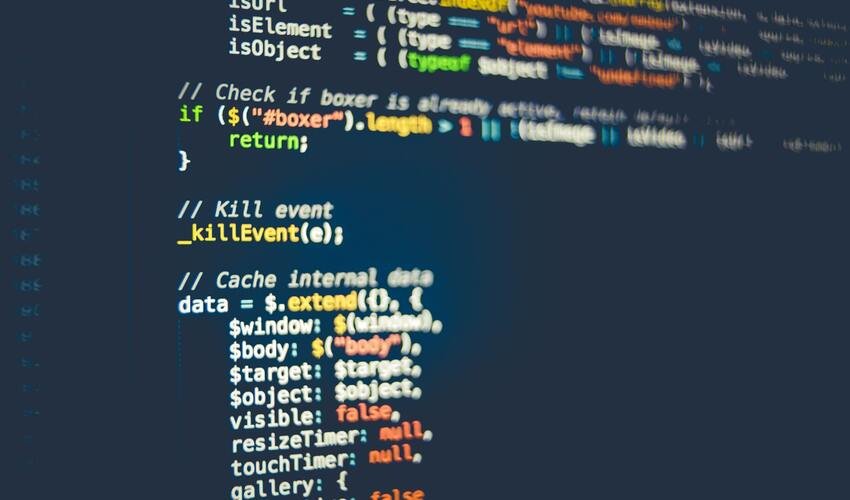Shopify is one of the most popular eCommerce platforms in the world. It allows people to create online stores easily without deep coding skills. However, for those who want to customize their store’s design or features, understanding the Shopify Code Language is important.
This article explains what the Shopify code language is, how it works, and why it matters. You will also learn how it powers your store and how to start using it.
What Is the Shopify Code Language?
The Shopify Code Language mainly refers to Liquid, which is Shopify’s template language. It was created by Shopify to control how store pages display dynamic content.
Liquid works together with HTML, CSS, and JavaScript to design themes and manage store functionality. In simple words, it connects the data from your Shopify store (like products or orders) to your website’s front-end (the part your customers see).
For example, when a visitor opens a product page, Liquid pulls information from your store database and displays it using your theme’s design.
Why Shopify Uses Liquid
Shopify developed Liquid to make theme development simple yet powerful. It is secure, flexible, and easy to learn for developers.
Here are the main reasons Shopify uses Liquid:
- It safely manages store data without exposing backend systems.
- It allows dynamic content generation for each product or collection.
- It helps maintain a consistent look across all pages.
- It gives developers control over design and structure.
This is why most Shopify themes and custom designs rely heavily on Liquid.
How Liquid Works in Shopify
Liquid uses tags, objects, and filters to generate dynamic content.
- Objects: These hold data. For example, {{ product.title }} displays a product’s name.
- Tags: These control logic and flow. For example, {% if product.available %} checks if a product is in stock.
- Filters: These modify data output. For example, {{ product.price | money }} formats a product’s price.
When a customer visits your store, Shopify’s system reads the Liquid code, retrieves the right data, and shows it on the website.
Other Languages Used with Shopify
While Liquid is the main Shopify Code Language, developers also use other coding languages for a complete store experience.
HTML (HyperText Markup Language)
HTML is used to create the structure of Shopify pages. It defines elements like text, buttons, and images.
CSS (Cascading Style Sheets)
CSS controls the design, color, and layout of your store. It helps make your website look attractive and professional.
JavaScript
JavaScript adds interactivity to your Shopify store. It can handle tasks like adding items to a cart or showing pop-up messages.
Together, Liquid, HTML, CSS, and JavaScript form the complete code structure of Shopify stores.
Benefits of Learning Shopify Code Language
Understanding the Shopify Code Language helps you manage your store more effectively. Here are the top benefits:
Better Customization
You can edit your theme files to match your brand style. Customizing colors, layout, or product pages becomes easier.
Improved Performance
You can optimize your store’s code for faster loading times.
Advanced Features
Developers can add new sections, dynamic pricing, or custom product filters using Liquid.
Greater Control
You don’t have to rely completely on third-party apps. You can build your own features directly.
Cost Savings
If you understand Liquid, you can avoid hiring developers for small updates.
Common Liquid Files in a Shopify Theme
Every Shopify theme is made up of multiple Liquid files. Here are some important ones:
- theme.liquid: The main layout file that contains the structure for all pages.
- product.liquid: Controls how product pages appear.
- collection.liquid: Displays a list of products in a collection.
- cart.liquid: Handles the shopping cart page layout.
- footer.liquid and header.liquid: Manage the footer and header sections of the site.
Each of these files helps Shopify display the correct information to users in real-time.
How Shopify Code Language Powers Your Store
Liquid connects Shopify’s backend (your data) to the front-end (your theme). This connection makes everything work together smoothly.
Here’s how it happens:
- A user visits your store.
- The Shopify system reads the Liquid template.
- Liquid retrieves the right data from the database (for example, product details).
- The data is displayed using HTML and styled with CSS.
- JavaScript adds interactivity to improve user experience.
This entire process happens in seconds and gives users a smooth shopping experience.
Editing Shopify Code
To edit your store’s code, follow these steps:
- Log in to your Shopify admin panel.
- Go to Online Store > Themes.
- Click Actions > Edit Code.
- You will see all the Liquid, HTML, and CSS files.
Before editing, always create a backup of your theme. Small mistakes in Liquid can affect your store layout.
If you are unsure, test changes in a duplicate theme first.
Tips for Working with Shopify Code
- Learn the basics of Liquid from the Shopify Developer documentation.
- Avoid making direct changes to live themes.
- Comment your code properly for future updates.
- Test all changes on mobile and desktop views.
- Keep your code lightweight for faster load times.
By following these tips, you can maintain a smooth, professional online store.
The Future of Shopify Code Language
Shopify continues to improve its code environment to make customization easier. With new updates, Liquid works faster and supports better integrations.
Developers now combine Liquid with JSON templates for flexible layouts. This makes it easier to build dynamic, personalized store experiences without slowing down websites.
The Shopify Code Language will continue to play a big role in modern eCommerce.
Final Thoughts
The Shopify Code Language gives you the power to control how your online store looks and behaves. It allows you to customize pages, manage layouts, and deliver a personalized shopping experience.
By learning Liquid and related languages, you can unlock advanced features without needing complex tools. Whether you are a beginner or an experienced developer, understanding Shopify’s code will help you build better, faster, and more unique stores.
Start small, experiment carefully, and soon you’ll master how Shopify works behind the scenes.
FAQs
1. What is the main Shopify Code Language?
Shopify mainly uses Liquid, a template language that connects your store data to your theme design.
2. Can I customize my Shopify store without learning code?
Yes, but learning Liquid gives you more flexibility and control over customization.
3. Is Shopify Code Language difficult to learn?
No. Liquid is simple and beginner-friendly. It uses easy tags and filters for data management.
4. Can I mix HTML and CSS with Liquid?
Yes. You can use HTML for structure and CSS for design along with Liquid templates.
5. Where can I learn more about Shopify Code Language?
You can explore the Shopify Developer Documentation for free tutorials and examples

Software Testing Lead providing quality content related to software testing, security testing, agile testing, quality assurance, and beta testing. You can publish your good content on STL.



